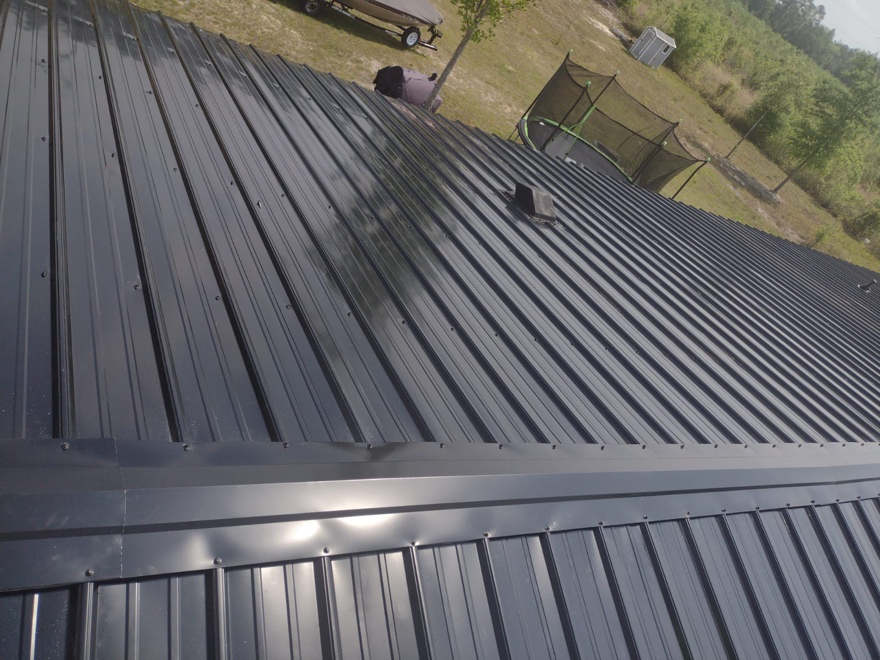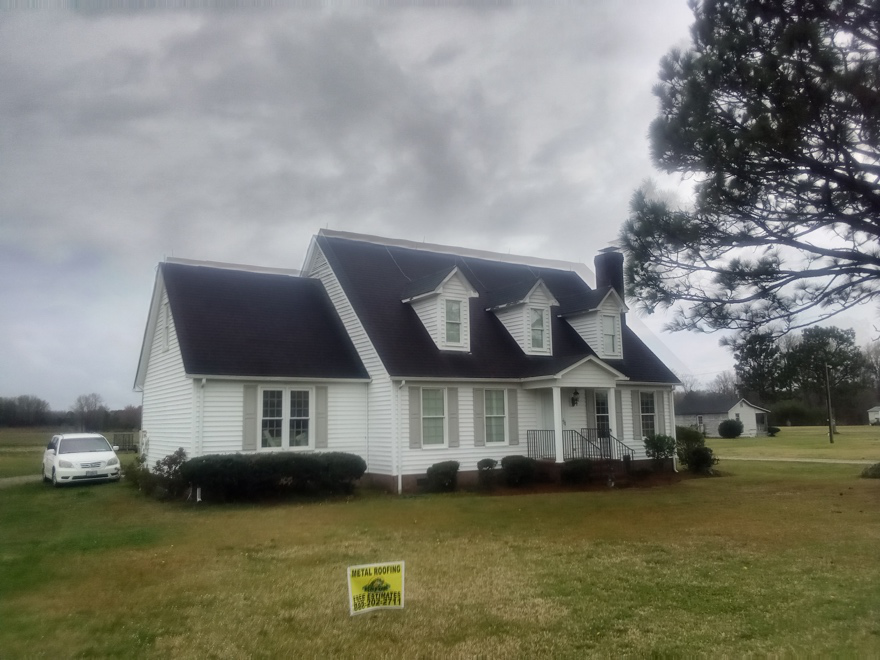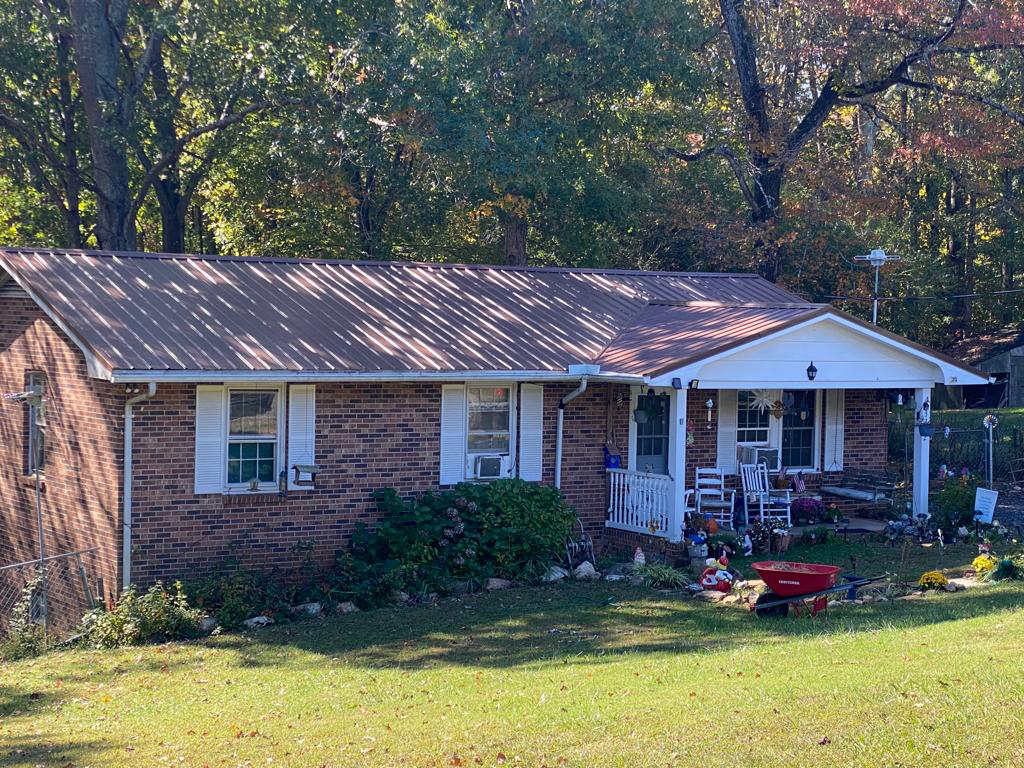The roof is an indispensable component of any structure, offering protection from the elements and ensuring our safety and comfort. Nonetheless, unforeseen incidents like storms, hail damage, or falling trees can wreak havoc on our roofs, resulting in leaks and other issues demanding immediate intervention.
In such critical situations, being well-informed about the necessary actions to prevent further damage and maintain the safety of your home or business is paramount. This article by James Kenton aims to provide you with invaluable insights on responding to emergency roof repairs, recognizing pressing issues, and discerning which repairs necessitate the expertise of professionals.
Do You Need Emergency Roof Repair?
When it comes to the urgency of roof repairs, it’s often a case of “if you’re wondering, you likely do.” Essentially, any issue that jeopardizes the structural integrity of your roof is considered an emergency, and swift action is required. Here are some common examples of situations that necessitate emergency roof repairs:
- Roof Leaks:Whether the leaks are minor or significant, they fall under the category of emergency roofing repairs. Roof leaks can give rise to secondary damage, including electrical issues. Prolonged exposure to water can result in substantial damage, incurring significant costs and potentially necessitating roof replacements.
- Torn Underlayment:When the underlay and insulation are torn, it can lead to additional complications, such as exposure to moisture and the potential for water damage.
- Loose Nails:Roof nails can easily become dislodged due to external factors like weather conditions. For instance, sudden temperature fluctuations, like a heatwave, can cause the nails to expand and pop out of place. Since these nails hold other roofing components in position, loose nails can cause issues for elements like tiles and may even contribute to corrosion.
- Damaged Flashing: Flashingserves as a protective barrier against water and other environmental elements. Any damage to the flashing leaves your home vulnerable to the elements, making water damage a real concern. Once again, this underscores the importance of addressing the issue promptly.

How to Handle Emergency Roof Repairs?
Here are some steps you should take when it comes to handling emergency roof repairs.
1. Safety First
Before you start any emergency roof repairs, you should pay attention to the safety of you and your family. If the damage is extensive or poses a significant risk, it’s advisable to evacuate the affected area until it can be properly assessed and repaired. If you can safely reach the damaged area, take measures to minimize immediate hazards, such as placing buckets or tarps to collect water and using a flashlight to assess the situation.
2. Identify the Source of the Leak or Damage
The next step in addressing an emergency roof situation is to identify the source of the problem. Water stains on your ceiling or walls, dripping water, or visible damage to the roof are common signs. However, pinpointing the exact location of the issue can be challenging. Water can travel along rafters and beams before it becomes visible inside your home.
To identify the source, start by inspecting your attic or crawl space. Look for water stains, wet insulation, or any visible damage on the underside of the roof. This can provide clues about the location of the leak or damage.
3. Temporary Patching
In some emergency situations, you may be able to apply a temporary patch to stop further water intrusion. If you have roofing cement, roofing tape, or a tarp, you can use these materials to create a makeshift patch. Apply the patch over the damaged area, ensuring it’s securely fastened. This will help prevent further water from entering your home until a permanent repair can be made.
4. Clear Debris
If the damage is the result of a severe weather event, such as a storm, falling branches, or debris, it’s crucial to clear any debris from your roof as soon as it is safe to do so. Be cautious when using ladders or climbing onto your roof, and only attempt this if you are comfortable and experienced with such tasks. Remove debris carefully to avoid further damage to your roof.

5. Limit Interior Damage
Once you’ve identified the source of the leak, take steps to limit interior damage. Move valuable possessions and furniture away from the affected area to prevent water damage. Use buckets or containers to collect water and prevent it from spreading to other areas of your home. You can also place towels or rags on the floor to absorb excess moisture.
6. Contact a Professional Roofing Contractor
In most scenarios, entrusting emergency roof repairs to certified professionals is the best course of action. Seek out a reputable roofing company that specializes in emergency services and possesses experience in dealing with your specific type of roof.
Exercise caution when it comes to potential scams and unqualified contractors, and always request references and proof of insurance before making a hiring decision. Be cautious of roofers who appear in communities after storms, as they may lack experience or qualifications. Opt for a roofing professional who is certified, insured, and provides guarantees for their repair workmanship.
7. Document the Damage
Despite the stress of emergency roof repairs, it is imperative to document the situation. This documentation serves two essential purposes: for insurance claims and to ensure that the repairs are carried out correctly. We recommend taking photographs, making written notes, and maintaining a record of any completed repairs. This meticulous documentation can streamline the process with your insurance provider.
8. Take Steps to Prevent Future Damage
Once the emergency roof repairs are completed, consider preventative measures to minimize the risk of future emergencies. Regular roof inspections, maintenance, and ensuring your roof is in good condition can help avoid unexpected issues. Addressing small problems before they become major emergencies can save you time, money, and stress in the long run.

When it comes to addressing urgent roof repairs, the choice of a well-established and experienced roofing contractor is of utmost importance. James Kenton is a certified professional in Tennessee with a wealth of expertise in handling emergency roof repairs, spanning severe weather-related damage, structural issues, water infiltration, and incidents involving fallen trees or debris.
James Kenton takes pride in exclusively using top-tier materials and cutting-edge equipment to ensure that your roof receives repairs of the highest caliber. To offer you peace of mind, he backs his workmanship with a comprehensive satisfaction guarantee. Contact him today!
